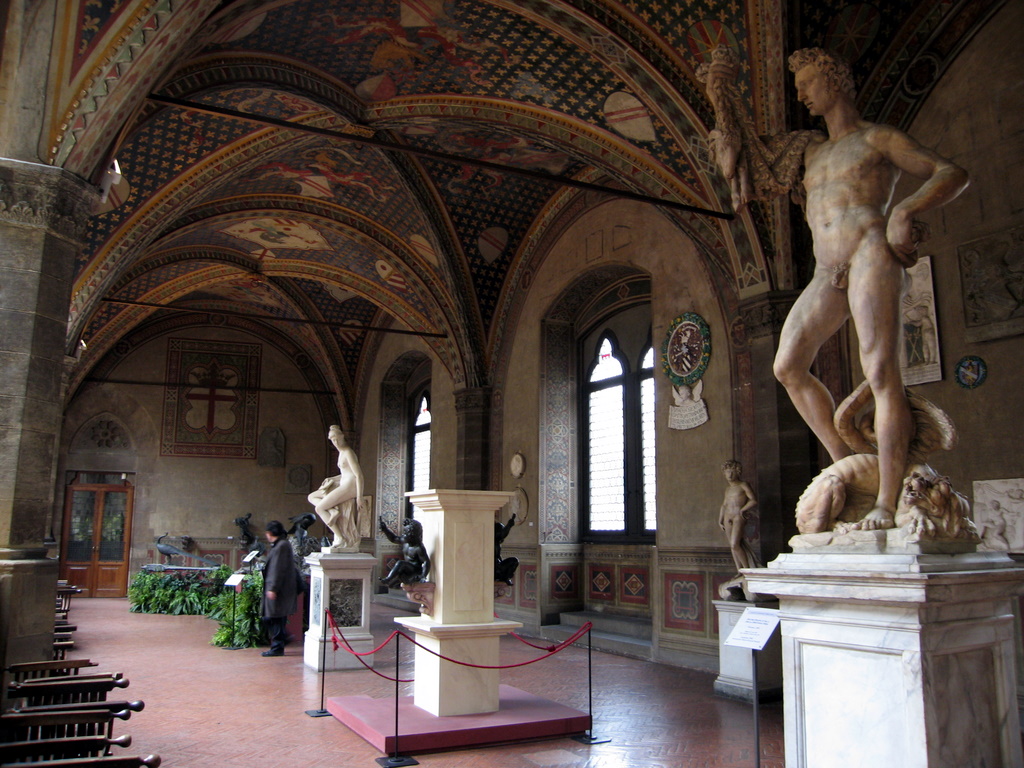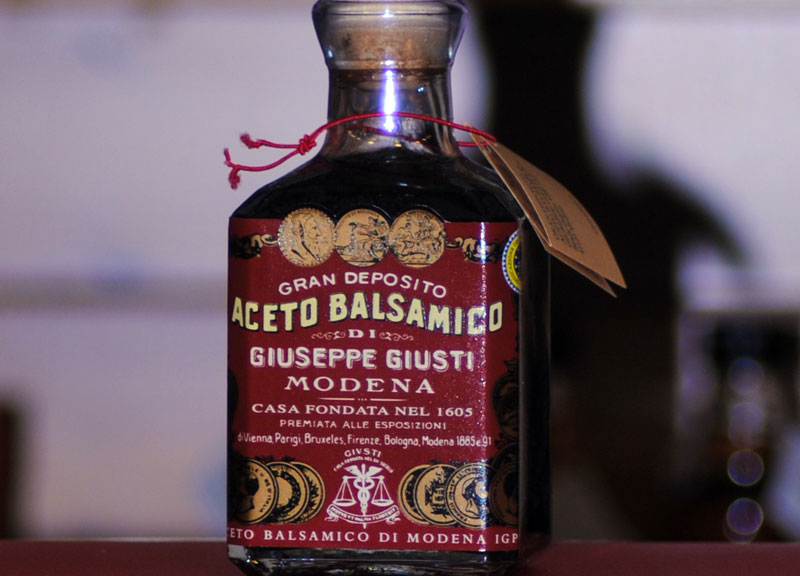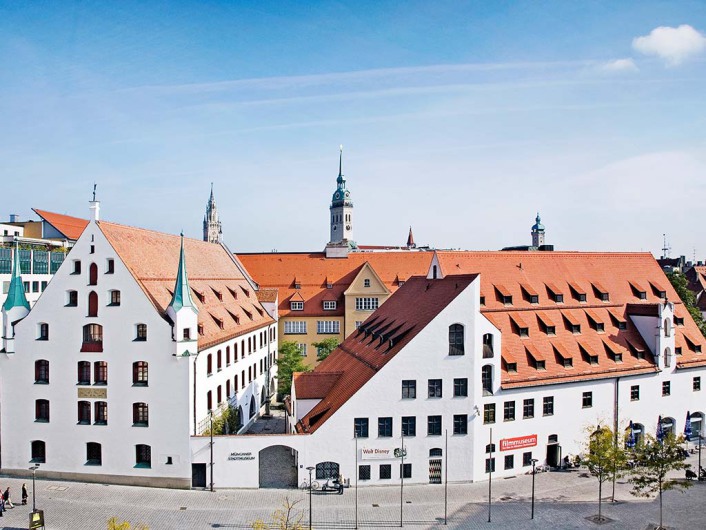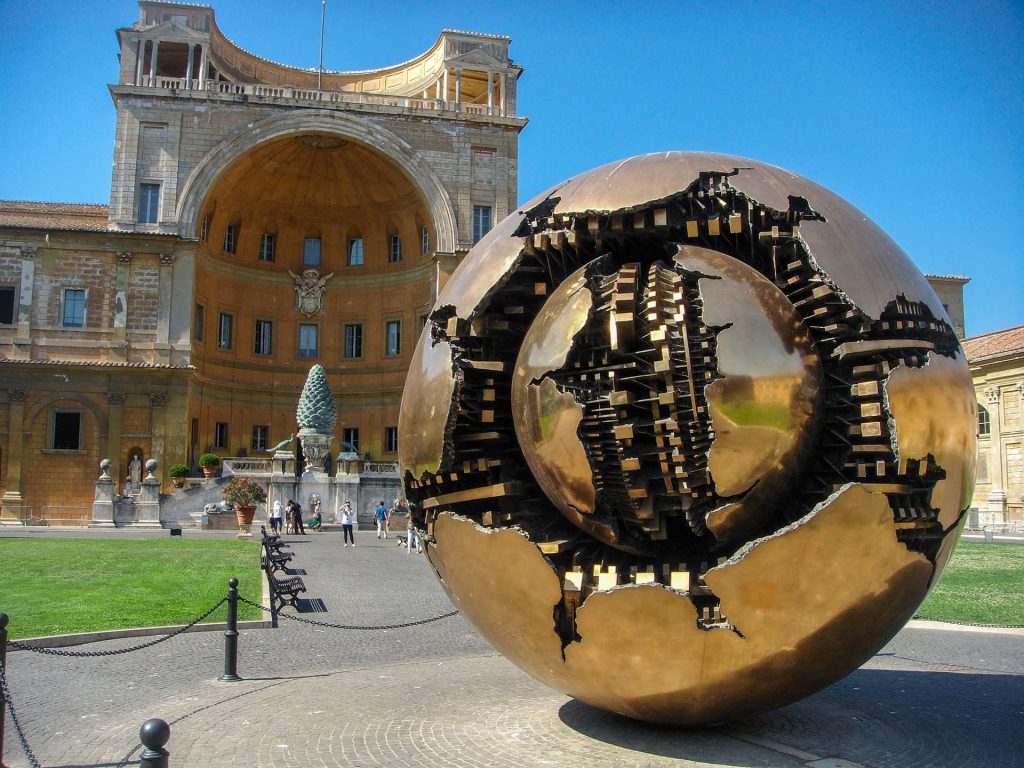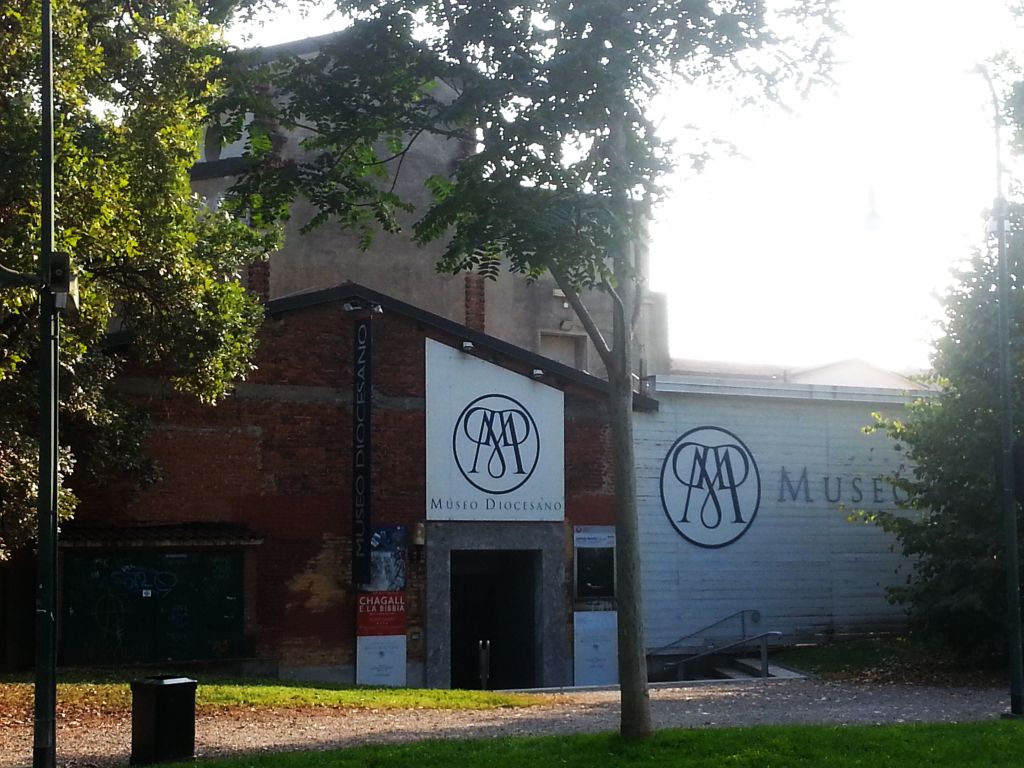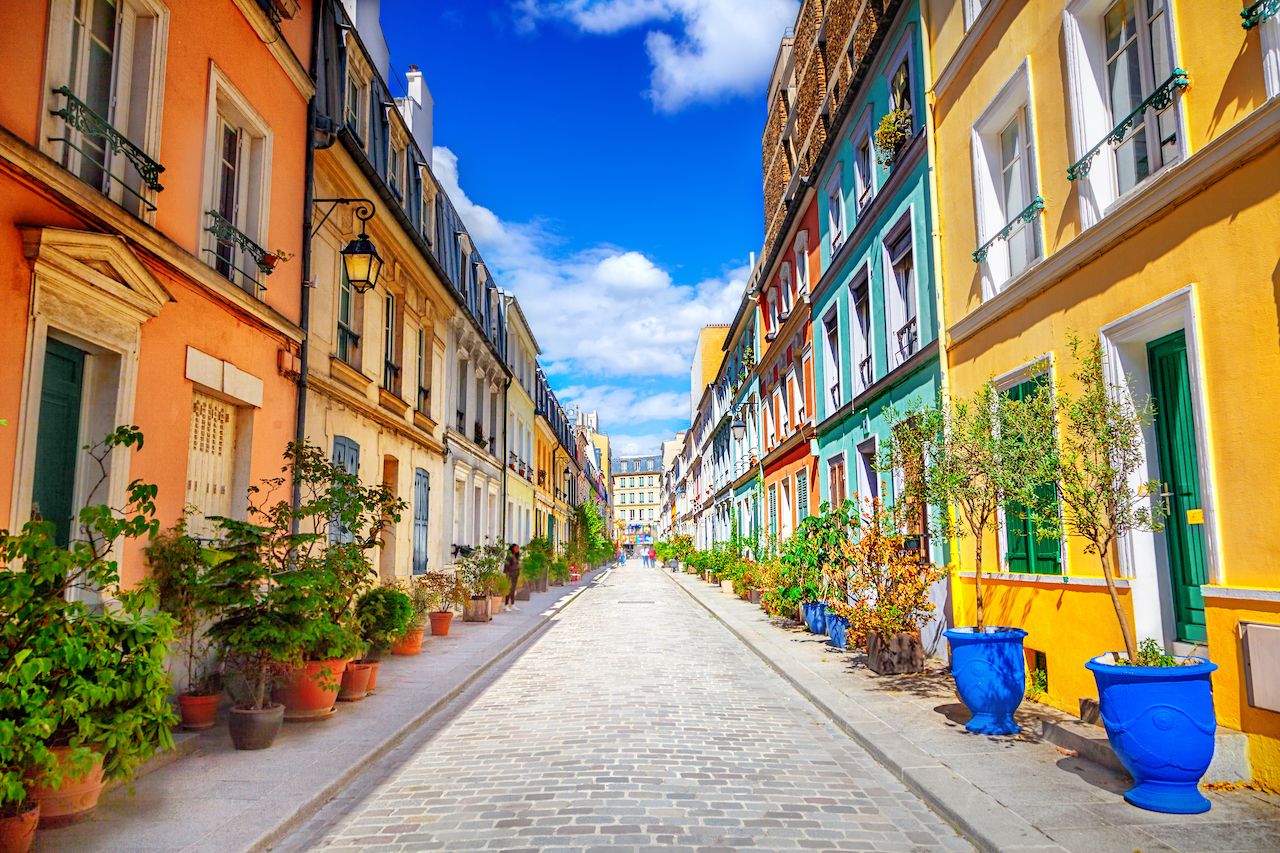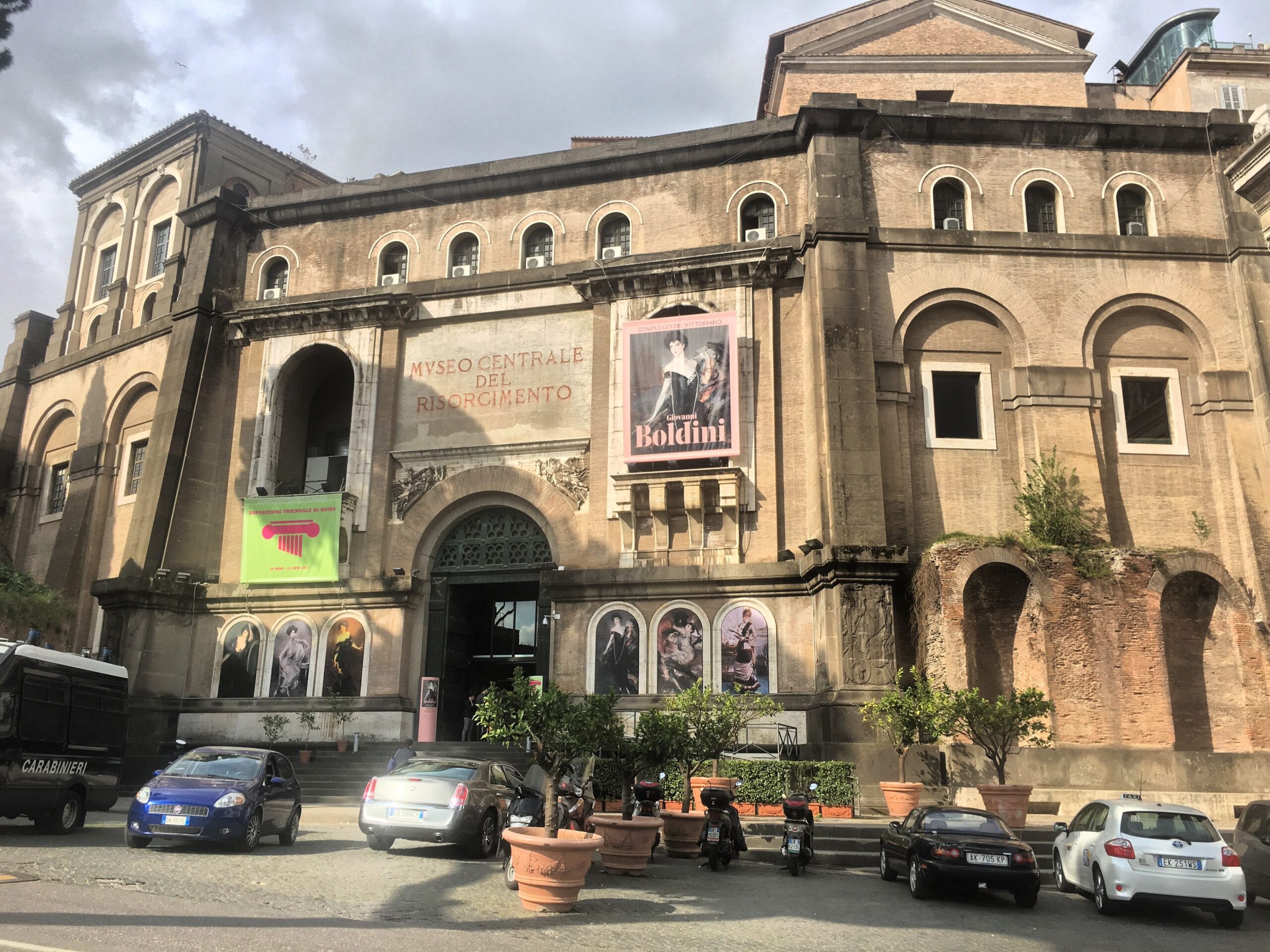Bargello National Museum
With the constitution of Florence as a free commune and the creation of the figure of the captain of the people, the palace later known as the Bargello was built. The first nucleus, overlooking Via del Proconsolo, already begun in 1255, was built according to Giorgio Vasari by Lapo Tedesco, incorporating the old Palagio, the Boscoli tower and some houses and towers of the Badia Fiorentina, between 1340 and 1345 the building was raised by Neri di Fioravante.
In the 1840s, when on 21 July 1840 in the chapel of Santa Maria Maddalena the painter-restaurator Antonio Marini brought to light a portrait of Dante, which according to Vasari was painted by Giotto, the prison was transferred to the Murate, It was decided in 1859 the restoration of the complex which lasted until 1865 and under the direction of Francesco Mazzei, who restored the ancient aspect and tried to recover or remake the architectural ornaments ex novo and entrusted the pictorial decorations of the rooms to Gaetano Bianchi who was inspired by monuments of the same period.
In 1865 the National Museum was inaugurated on the ground floor of the building, two weapons rooms were set up, with objects coming in part from the Medici armoury and the other from the Guardaroba of Palazzo Vecchio, and a fifteenth-century sculpture room. Sculptures from the 16th century hall in Palazzo Vecchio were placed in the hall on the first floor.
Its collection of Renaissance statues is considered among the most remarkable in the world: in fact, it includes masterpieces by Michelangelo, Donatello, Ghiberti, Cellini, Giambologna, Ammannati and other important sculptors, as well as a large collection of applied arts, organized mainly by type. The name derives from Palazzo del Bargello, also known as Palazzo del Popolo.
